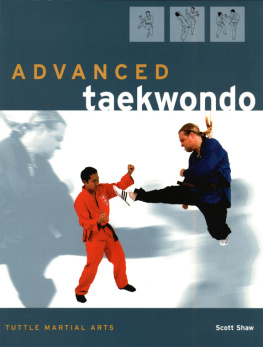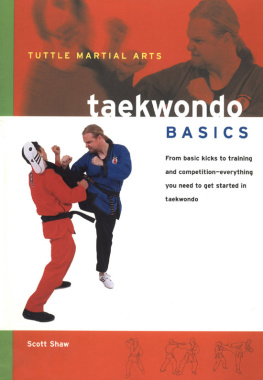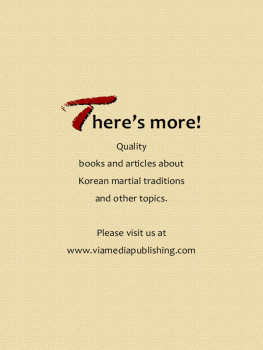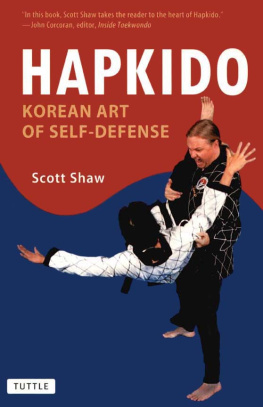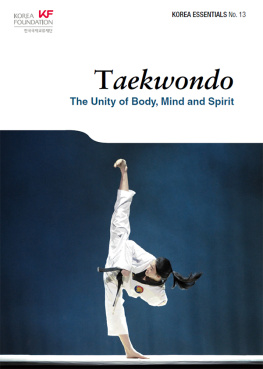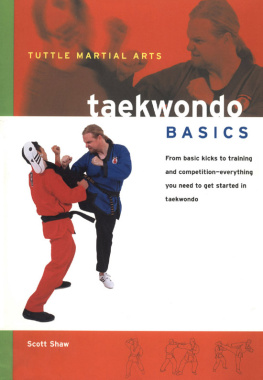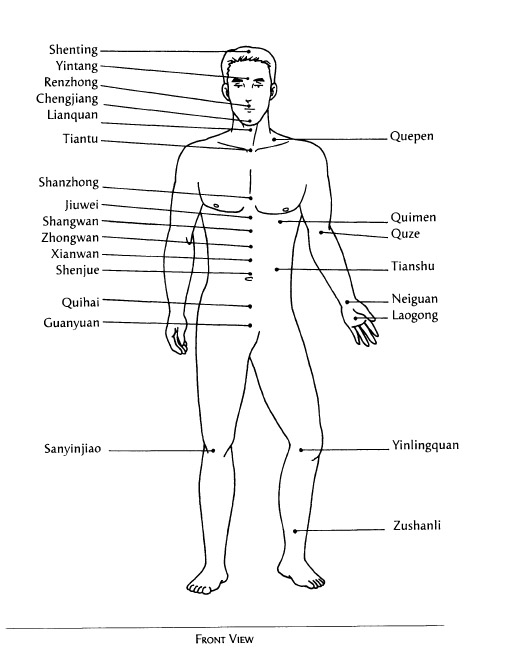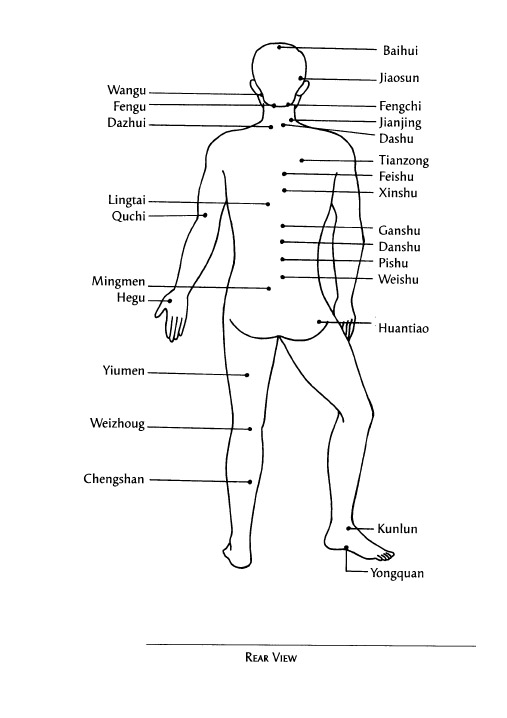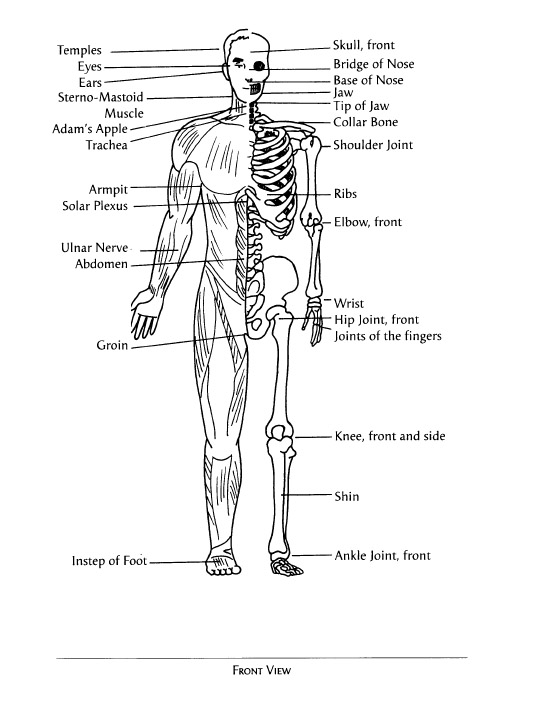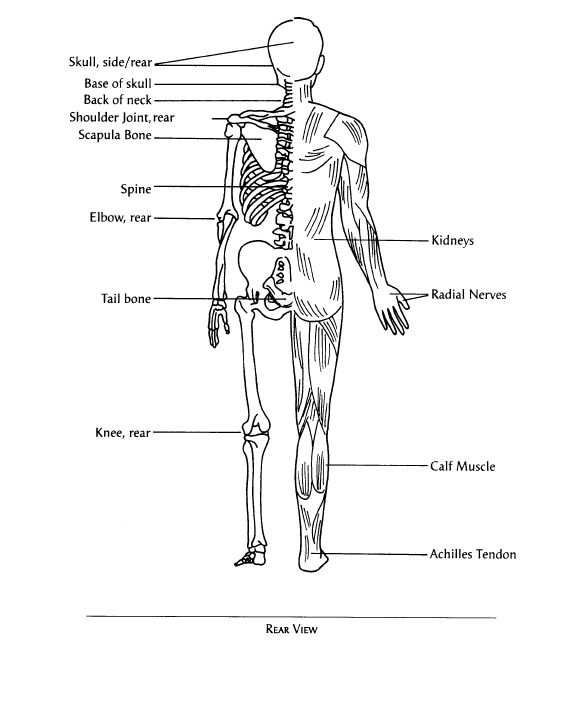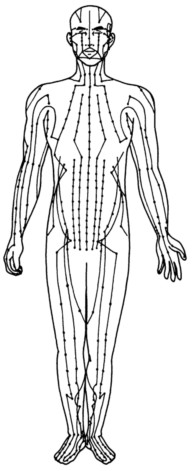
Acknowledgments
Special thanks to Paul Crispell, John 111 Soo Kim, Kenneth H. Kim, Vincent L. Spezze, and Hae Won Shin.
About the Author
Scott Shaw is one of the world's most prolific proponents of the Korean martial arts. He began studying hapkido and taekwondo as a young boy and today holds advanced black belts and master instructor certifications in both of the arts. He is a frequently published contributor to martial art journals and is the author of a number of books including Hapkido: Korean Art of Self-Defense and Taekwondo Basics from Tuttle Publishing.

Appendix A
Taekwondo Timeline
1931 Chosun Yun Moo Kwan founded by Lee, Kyung Suk.
1944 Chung Do Kwan founded by Lee, Won Kuk.
1944 Song Moo Kwan Ro founded by Byung Jick.
1944 Song Moo Kwan closes.
1945 Korean Independence from Japanese occupation.
1945 Chosun Yun Moo Kwan begins teaching Kwon Bop (Japanese Karate). Program name, Chosun Yun Moo Kwan Kwon Bup Bu.
1945 The foundations of Moo Duk Kwan begin founded by Hwang, Kee.
1945 Chung Do Kwan closed.
1946 Chung Do Kwan reopens.
1946 Song Moo Kwan reopens.
1946 Hwang Kee titles his martial art organization Kyo Tong Bu Woo Hae and teaches Tang Soo Do Bu.
1946 Chang Moo Kwan founded by Yoon, Byung In.
1950-1953 The Korean War. Most kwans close.
1953 Oh Do Kwan was founded by General Choi, Hong Hi and Major Nam, Tae Hi.
1953 Hwang Kee retitles his system Moo Duk Kwan.
1953 The Korea Kong Soo Do Association is formed.
1955 General Choi, Hong Hi formally coins the name Taekwondo.
1955 Moo Duk Kwan Central Gymnasium opens.
1956 Kang Duk Won is founded by Hong, Jung Pyo and Park, Chul Hee.
1956 Yoon, Kwe Byung renames Chang Moo Kwan, Ji Do Kwan.
1959 The Korea Taekwondo Association is formed.
1961 The Korea Taekwondo Association collapsed.
1961 The Korea Tae Soo Do Association is formed.
1962 Hwang Kee's Korea Soo Bahk Do Association is granted governmental recognition.
1965 The Korea Taekwondo Association is formed.
1965 Moo Duk Kwan splits into two separate organizations: Taekwondo and Tang Soo Do Moo Duk Kwan.
1966 The International Taekwondo Federation is formed.
1971 Construction of Kukkiwon begins.
1972 Construction of Kukkiwon is completed.
1972 The International Taekwondo Federation moves to Toronto, Canada.
1972 Taekwondo became the National Sport of Korea.
1973 The World Taekwondo Federation is formed.
1973 The first World Taekwondo Championships.
1974 The first Asian Taekwondo Championships.
1980 International Olympic Committee recognizes the World Taekwondo Federation.
1981 Taekwondo participates in the first World Games.
1982 Taekwondo is adopted as a demonstration sport in the Olympic Games.
1983 Taekwondo participates in the Pan American Games.
1988 Taekwondo is a demonstration sport in the Olympic Games.
1992 Taekwondo is a demonstration sport in the Olympic Games.
1994 Taekwondo is selected as a full Olympic sport for the 2000 Olympic Games.
1996 Taekwondo is a demonstration sport in the Olympic Games.
2000 Taekwondo becomes an official sport of the Olympic Games.
2004 Taekwondo participates as an official sport of the Olympic Games.

Appendix B
Poomse Performed
at Belt Levels
TAEKWONDO LOWER BELT FORMS
| Belt Level | Poomse Performed |
9 Gup
8 Gup
7 Gup
6 Gup
5 Gup
4 Gup
3 Gup
2 Gup
1 Gup | Basic Forms
Taeguek 1
Taeguek 2
Taeguek 3
Taeguek 4
Taeguek 5
Taeguek 6
Taeguek 7
Taeguek 8 |
TAEKWONDO BLACK BELT FORMS
Belt Level | Poomse Performed | Time in Rank |
1st Dan
2nd Dan
3rd Dan
4th Dan (Instructor)
5th Dan (Master)
6th Dan
7th Dan (Grand Master)
8th Dan
9th Dan | Koryo
Keum Gang
Tae Baek
Pyong Won
Sip Jin
Ji Tae
Chon Kwon
Hansu
IlYeo | 2 years of continued training after receiving 1st dan
3 years of continued training after
4 years of continued training after receiving 3rd dan
5 years of continued training after receiving 4th dan
6 years of continued training after receiving 5th dan
7 years of continued training after receiving 6th dan. The individual must also have made a substantial contribution to the art.
8 years of continued training after receiving 7th dan
9 years of continued training after receiving 8th dan |
Appendix C
Pressure Point
Locations

Appendix D
Rear and Frontal
Attack Locations
Appendix E
Meridian Pathways
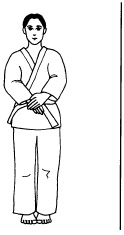
Chapter 1
Taekwondo
Philosophy for
Today's Practitioner
Taekwondo, the way of the foot and the fist, is a highly refined system of the martial arts. Taekwondo is defined by its elaborate kicking arsenal. The practitioners of this art can propel themselves high into the air and deliver powerful kicking techniques with exacting precision. But, more than simply a system of martial arts which relies solely upon the legs, taekwondo is a highly defined system of physical and mental conditioning that provides the practitioner with a personal pathway to self-discovery.
Initially, when one begins to study taekwondo, one's focus is locked solely upon mastering the basic skills of the art: the stances, the blocks, the punches, and the kicks. As one progresses through the ranks, and develops the basic skills of this system of martial arts, the advanced practitioner's focus shifts to the more refined elements of taekwondo. At this level, the practitioner begins to refine his or her mental and physical understanding, true combative effectiveness, and overall mental preparedness by seeking out the deeper teachings of this art. Here, the advanced practitioner embraces the philosophic roots of taekwondo and the meditative aspects of the art in order to become a more complete practitioner.
Because taekwondo has become an Olympic sport, with much of its training now focused upon competitive effectiveness, many people question whether taekwondo possesses deep philosophic roots. The answer to this is yes.
Next page
